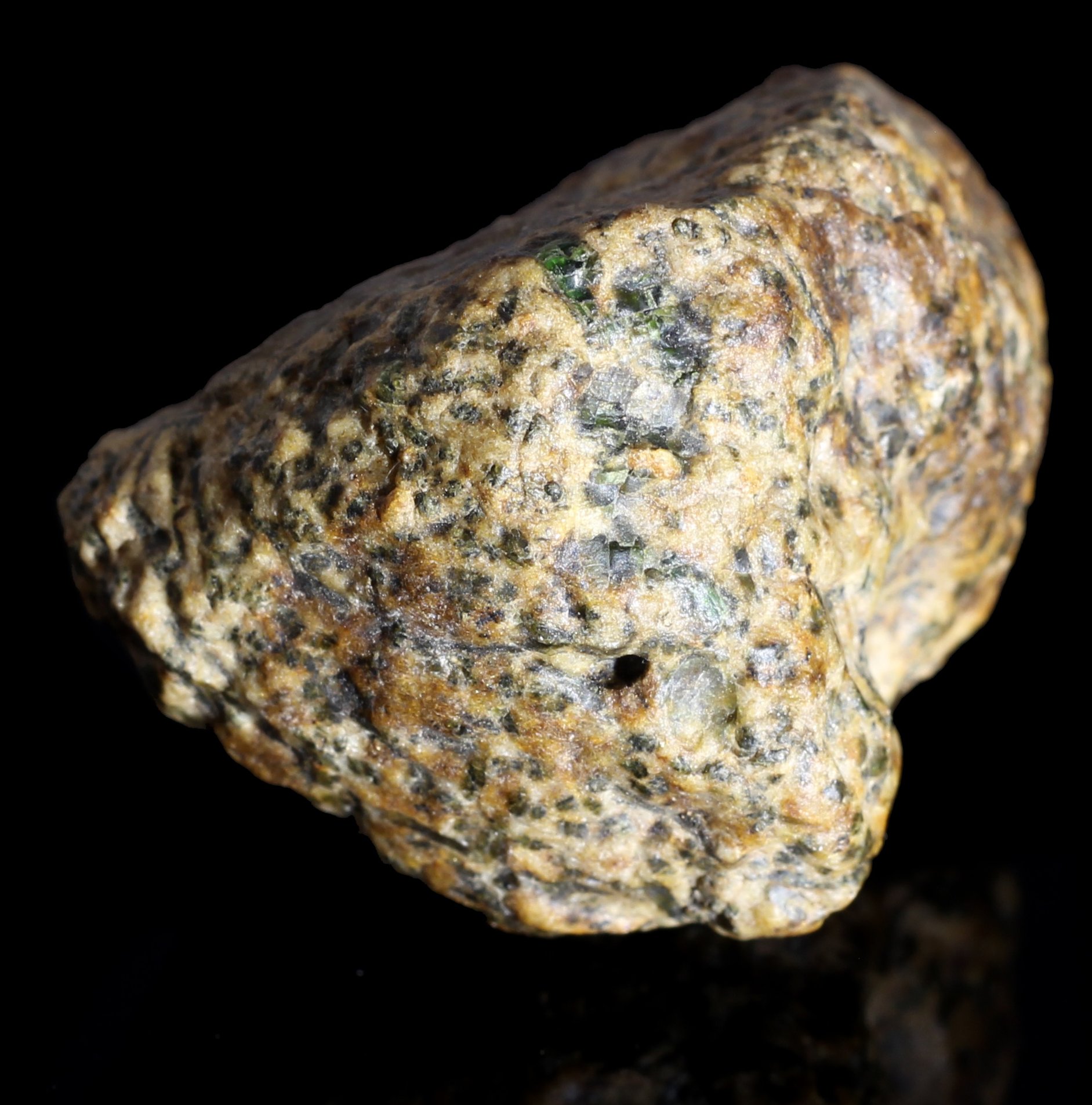In May 2020, an extraordinary discovery was made in the Erg Chech area in the western Sahara. After months of searching in an endless sea of sand, a group of meteorite hunters came across a hard object that soon turned out to be a historic find. It was no ordinary meteorite, but something unprecedented.
The object, now known as meteorite Erg Chech 002, was identified as a rock approximately 4.566 billion years old. That means it's older than the Earth, which formed about 23 million years later. Erg Chech 002 is therefore a witness to the ancient history of our Solar System.
Even more fascinating is that the Erg Chech 002 meteorite was formed by volcanic activity. It must therefore have come from a body large enough to have volcanic activity. It was therefore almost certainly a protoplanet, but one that disappeared in the further evolution of the Solar System. It is likely that its parent planet formed only two million years after the formation of the Solar System, and the meteorite separated from it after about another million years. This parent planet was probably swallowed up by one of the larger planets in the solar system today.
By looking at the details of this meteorite, you are not only exploring the wild environment from which our planet emerged, but you are also holding one of the oldest objects ever discovered by mankind on Earth.
In our offer you can find both small, several grams pieces and thin slices cut from a large, over 300 grams piece.
Erg Chech 002 is distinguished by its composition, which is unusual compared to similar objects. It is almost entirely made up of crystals containing quartz, which is rare in meteorites. It also contains distinctive pyroxene crystals, which form green and translucent parts.

Classified as andesite, Erg Chech 002 is a rarity among the more than 3,000 known meteorites from the mantles of various planets and asteroids, where basalt predominates and andesite meteorites have been found in only a few cases so far. This fact indicates that the meteorite must have formed inside a planet with a large amount of water. Also, the oxygen isotopes do not match any other achondrite meteorite from the Moon, Mars, or asteroids such as Vesta.
To date, approximately 30 kg of varying sizes have been found, and no further finds are being made. This suggests that this number is likely to be finite and it is almost certain that the price of this meteorite will continue to rise.
